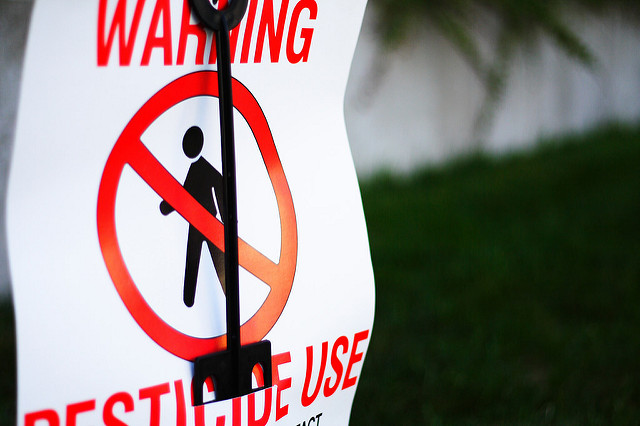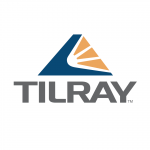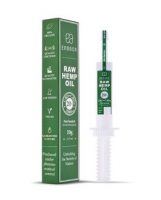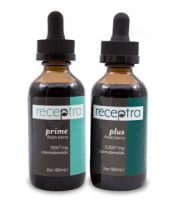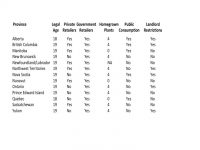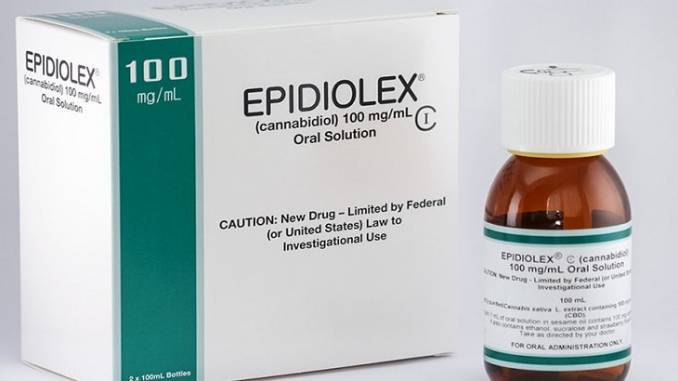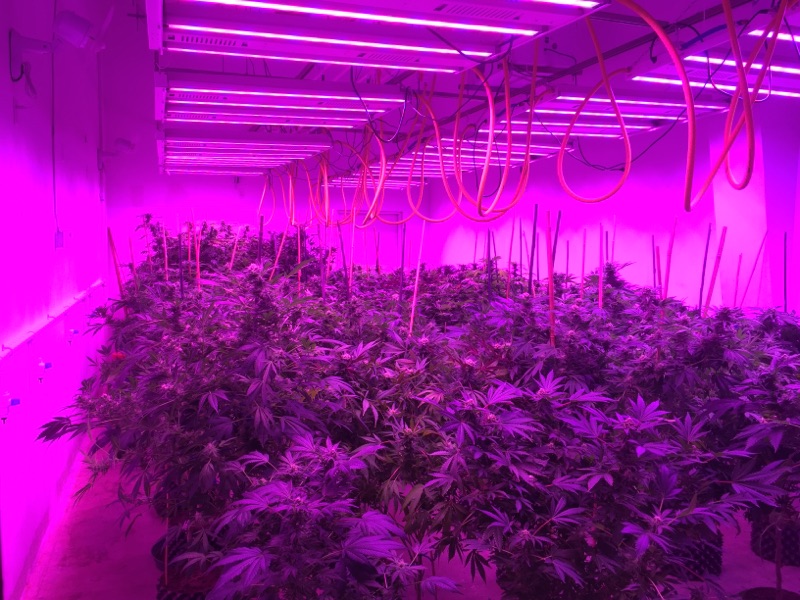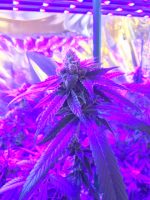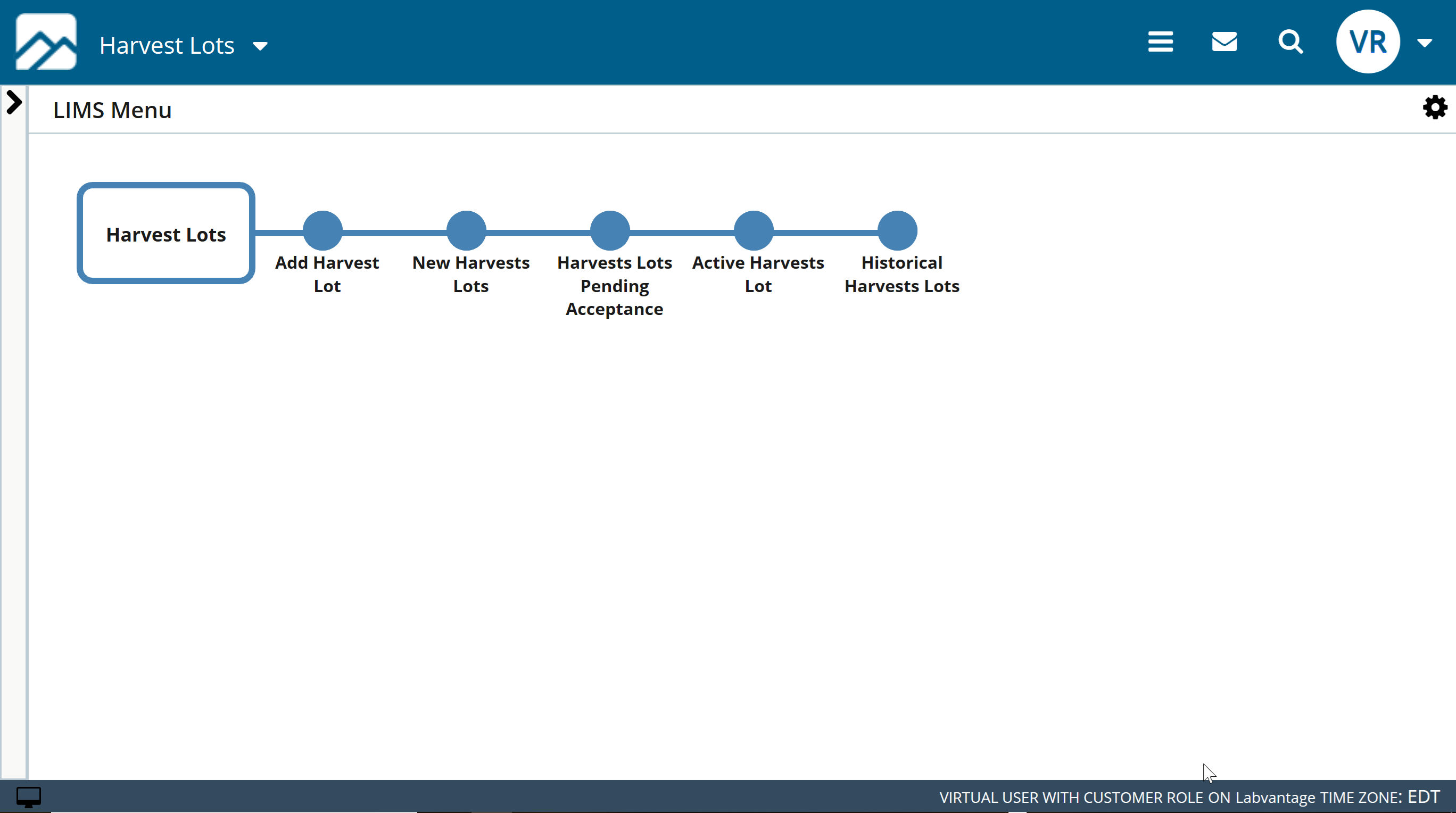With all the attention on the pending regs for the recreational industry in Canada plus the huge medical market under construction in the EU, it is easy to forget the other cannabis discussion in the room right now. Namely CBD in commercial food ingredients and supplements. Battles in the beauty space, while surfacing, are still much less avidly fought.
As a result, edible CBD is also rapidly becoming (another) big green elephant in the room. Globally. Starting with all the changing rules about mostly medical use of cannabinoids in general.
This is underway, sort of, in the United States, driven by state regulations and consumer protection initiatives, but delayed on a federal level by the fact that CBD is still scheduled, like THC, as a Schedule I drug.
 In Europe, however, this is already a different animal.
In Europe, however, this is already a different animal.
The regulatory hammer also appears to be coming down in strategic country markets, with strange hybrid fights and issues emerging as a result.
For example, as cannabis crops (designed for both markets) begin to flourish in Spain buoyed by both the clubs in Barcelona and the growth of legitimate medical and other kinds of cannabis cultivation across the country – and much of that for export, authorities are cracking down on a federal level about labelling of not cannabis bound for clubs, but the CBD used in edibles.
In the last month, CBD industry blogs are reporting that the Spanish government is sending both warning letters to distributors and the police are apparently taking products off of shelves directly.
For all the direct showdowns about the cannabis plant this year, not to mention CBD, including British children ending up in hospital, this has got to make the top five list.
A Brief Modern History Of CBD Controversies On The Continent
The current complications have their roots in both the regulation of medical cannabis, health supplements and what are called “novelty” food items.
The food issue has been cooking for several years and for botanicals and additives far from cannabidiol. This year, on January 1, however, the entire EU brought in a new directive about the use of certain plants in food which seems to be affecting the edible cannabis conversation all over the continent. That said, countries are interpreting the same at different speeds and with different enthusiasm.

Switzerland (not a member of the EU) is actually the only country on the European continent where so far, things have gone relatively smoothly. Their lack of EU membership is actually why. This also does not mean they have overcome some of the larger problems inherent in this entire discussion, but, if things go to form, it will be relatively drama free.
That is not the case in other places.
For example, at the end of 2016, British authorities made a splash about medical labelling with the Medicine and Health Care products Regulatory Agency (MHRA) also leaving the entire edibles discussion in limbo. Technically, low strength CBD can be sold in the UK but it must be labelled as a food product if not specifically made for the medical market. That flap is likely to take off again with the direct competition now of not only Tilray but Namaste and the changing scheduling of cannabis in the UK to a Schedule II in October. See the recent furore over the “unauthorized claims” supposedly made by the nascent Cannabis Trades Association in meeting, lobbying if not “working” with local authorities. The organization has literally blossomed within the last 18 months to over 300 members and 1,200 sellers in part to figure out what exactly the rules are, as authorities grapple with changing times.
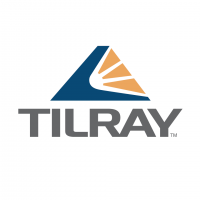 Now jump the channel to Spain. The international focus of late has not been just the medical cannabis now sprouting in greenhouses owned by established pharmaceutical companies, or that bound for semi medical use in Barcelona, but the entire CBD edibles discussion.
Now jump the channel to Spain. The international focus of late has not been just the medical cannabis now sprouting in greenhouses owned by established pharmaceutical companies, or that bound for semi medical use in Barcelona, but the entire CBD edibles discussion.
Why?
On some levels, it is clearly an attempt to continue to set less than grey rules for the Spanish cannabis industry, which even in the club scene is regulating. But beyond that, this fight is altogether more complicated, and far from just regional, or even just a Spanish conversation.
European Food Regulation Meets The Cannabis Industry
CBD in edible products will, according to European regulation, make it a novel food or “additive” – namely that products containing the cannabinoid have not been used “safely”. Translated into English that crosses cultural boundaries, this definition really means that the substance in question must have been part of a regulated federal procedure – for at least 25 years in any third country. As such, it will have to be tested and regulated accordingly.In other words, until the EU can move to classify CBD as a novel food, in Spain, CBD products on the market must be labelled “external use only.”
One does not have to be an industry analyst to know this clearly excludes all parts of the cannabis plant. Everywhere. This is why the situation now unfolding in Spain is all the more worrying for the industry across Europe.
In Spain at least, the crackdown appears to be on any food item containing cannabis, which, according to European-wide regulations, has yet to be classified as a “novel food.” Namely, a food product which has not been consumed in a significant degree in the EU before May 15, 1987. See the guide for new applicants here.
In other words, until the EU can move to classify CBD as a novel food, in Spain, CBD products on the market must be labelled “external use only.”
Where Does This Leave The CBD Industry Across Europe?
As any manufacturer or vendor in any EU country could technically be required to register their new food, this means that cannabis producers and distributors in Europe need to be on their toes for the next several years as the regulatory schemata is worked out. Bottom line? Expect as much hullabaloo over this sector of the market as other places (even if over other issues).Both producers and distributors could easily face labelling problems
Here is the critical take-away. Regulation is coming to the entire industry in Europe in a way unseen in both Canada and the U.S. and from a much more granular perspective.
What “reigns in Spain” in other words right now, is a wake-up call for CBD producers across the continent, even if not involved in the medical space. Not to mention both U.S. and Canadian producers (in particular) looking for profitable market entry strategies. Labelling and standards, in other words, are clearly on the way, and beyond the drawing board, for all cannabinoids, not just those of the “medical” kind.
In the meantime, edible CBD products in Europe and in every country are ripe for the institution of new guidelines that are, as yet, formalized. Both producers and distributors, therefore, could easily face labelling problems for all their CBD products and product lines for the next several years.



